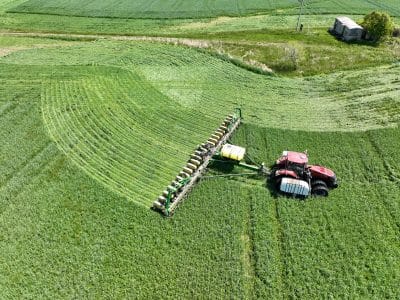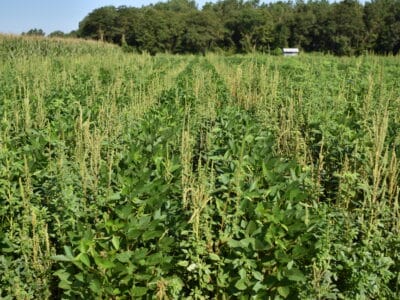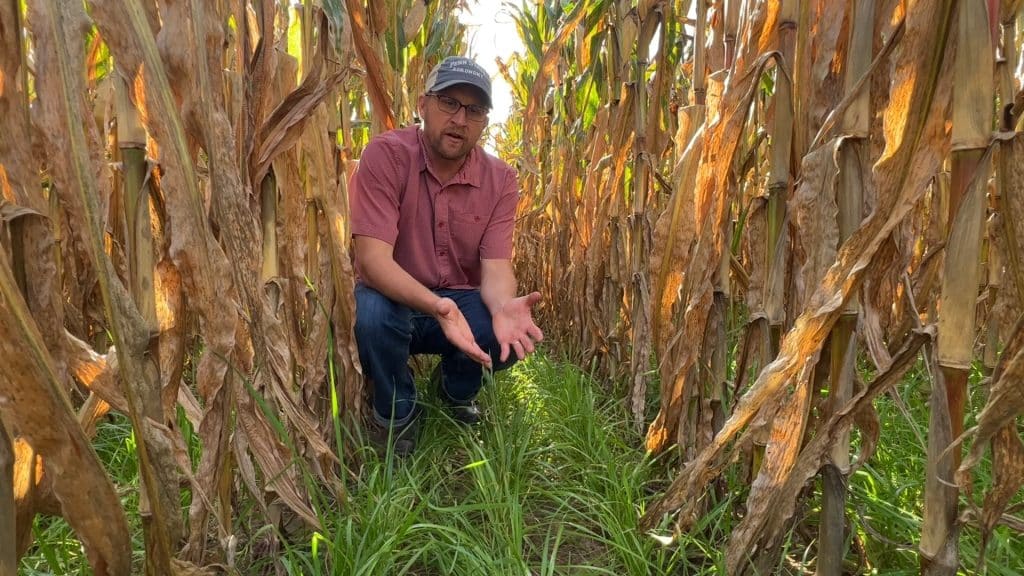
Farmers should have a complete plan in place before adding cover crops to their rotation. Knowing how and when to terminate cover crops before they’re even planted will improve farmer success with cover crop management.
Dr. John Wallace, associate professor of weed science at Penn State University, offered advice for cover crop termination in a recent webinar, “Plan for the End at the Start: Cover Crop Termination Tips.” The webinar was the final presentation in a series sponsored by the Northeast Cover Crops Council.
Wallace discussed several key areas about cover crop termination, including picking the right herbicide programs for the different cover crops, watching weather conditions, knowing what weed species are lurking in the cover crop, and managing herbicides with other termination tools like a roller-crimper.
“A manageable cover crop is one that can be terminated effectively, when you want to terminate it, based on your cover crop management goals,” Wallace says. “As cover crops are managed more intensively, it often requires a higher level of management to terminate them effectively.”
You can watch the full webinar below. Want more details on its content? Read on!
Herbicide Best Management Practices
Glyphosate and paraquat are commonly used to terminate cover crops, but they kill plants in different ways. Glyphosate is a systemic herbicide and paraquat is a contact herbicide, Wallace says, which will impact cover crop termination. When using paraquat, spray coverage is key to reach each plant, so nozzle choice and carrier volume are important.
When using cover crop mixtures, a herbicide combination may be needed to terminate the different species. Farmers need to be cognizant of tank mixes and possible antagonism, as one herbicide may interfere with another when terminating (Figure 1). Farmers also need to heed pre-plant restrictions on herbicide labels when terminating cover crops before a cash crop.
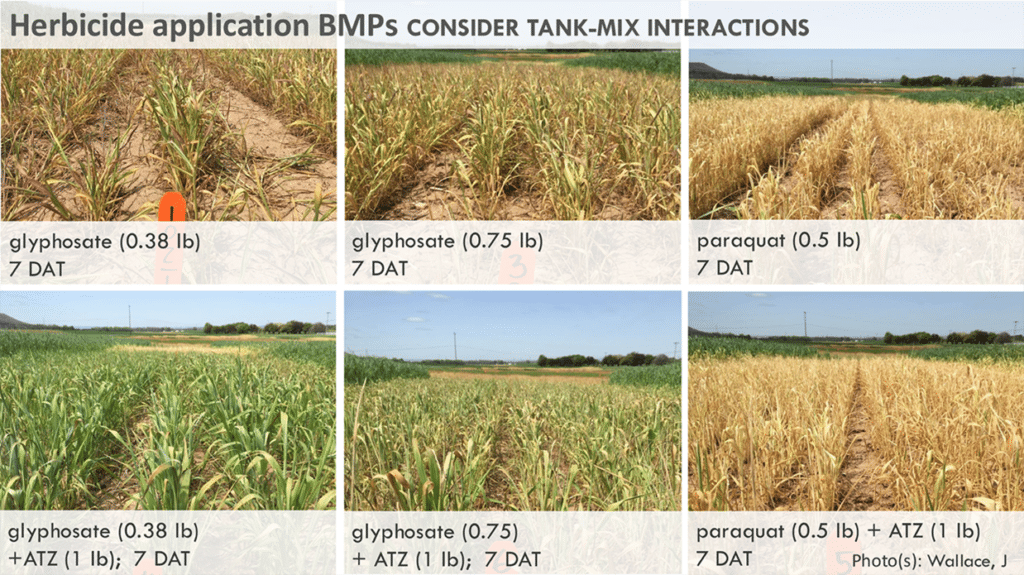
Knowing which weed species are growing amid the cover crop stand will also impact herbicide programs.
“A well-managed cover crop stand suppresses many winter annual weeds,” Wallace says. “But it is still necessary to scout for weeds and think about going beyond killing the cover crop to also target the weeds within the cover crops.”
Killing weeds present within a cover crop stand may require different herbicides and application methods. Adjusting your approach is particularly important for weeds that will be competitive with your cash crop, such as marestail or certain early emerging summer annuals like common ragweed.
Weather Impacts
Temperature, humidity and soil moisture can influence how well a herbicide performs, Wallace says. As cover crop termination nears, farmers should track temperatures and target herbicide applications when daytime temperatures are higher than 50-55°F, and nighttime temperatures are near or above 40°F for at least three consecutive days. Extreme fluctuations in temperatures will reduce herbicide effectiveness.
Moisture also plays a role in herbicide efficacy. Higher humidity levels can increase herbicide absorption into plant leaves, but an abundance of dew can reduce its uptake. Good soil moisture generally leads to better herbicide performance, because cover crops are actively growing. Whereas prolonged dry periods prior to termination may lead to reduced herbicide performance.
Planting Green
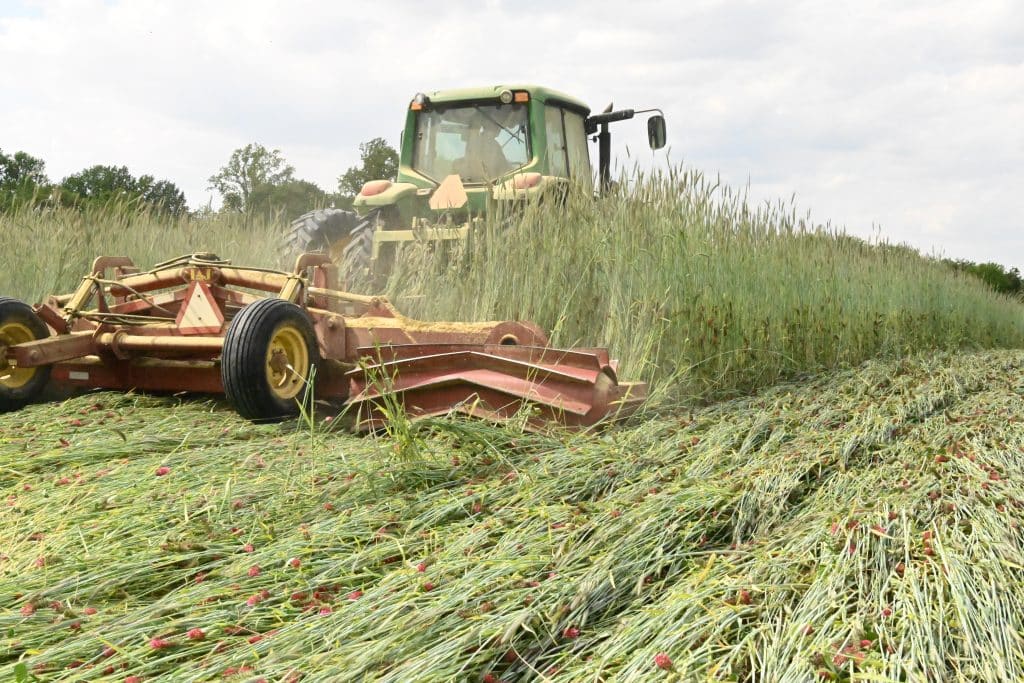
Are herbicides necessary when roll crimping cover crops? In conventional systems, Wallace recommends using herbicides and roller crimpers for different goals. Specifically, target herbicides for cover crop termination, and use roll crimping to manage the cover crop residue.
“In field trials, we found that when roll crimping is used as a residue management tool for cereal rye and it’s done at later cover crop growth stages, glyphosate products were effective when applied either before or after roll crimping,” explains Wallace. “With paraquat-based programs, tank-mixing atrazine and applying after roll crimping was most effective.”
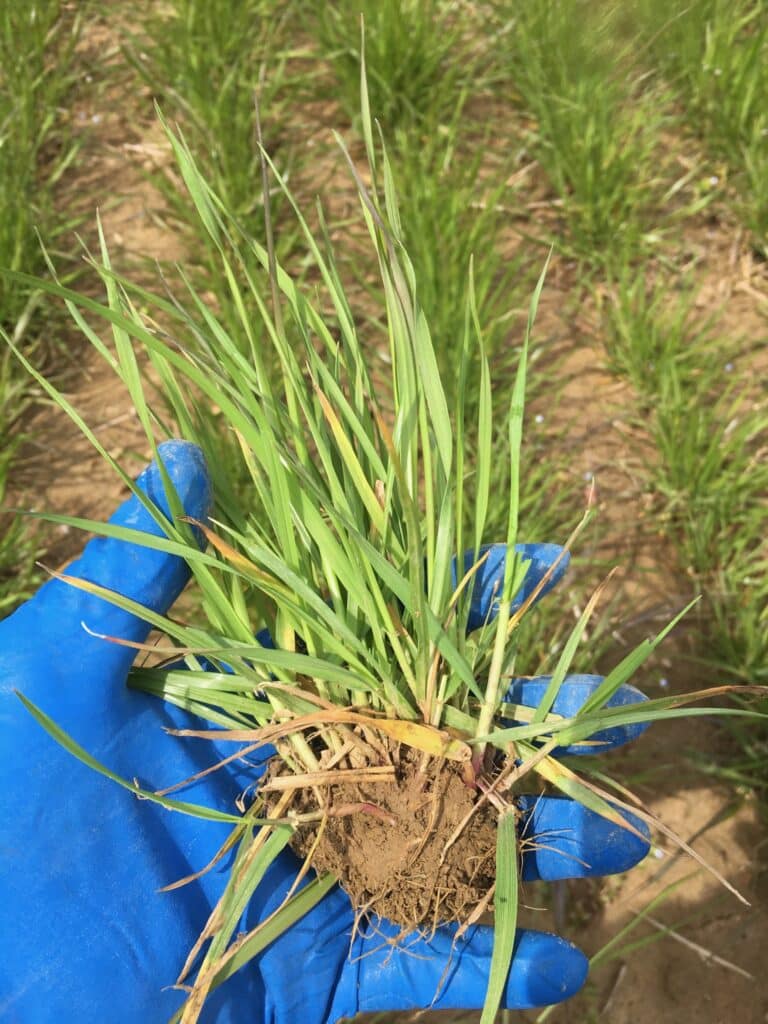
Some cover crop species are more difficult to control, such as annual ryegrass, which could lead to the cover crop becoming a weed. Wallace offered suggestions for good ryegrass termination including the use of higher rates of glyphosate-based herbicides, spraying in warmer weather, and adding an additional effective herbicide, such as clethodim.
Overall, for successful cover crop termination, farmers should align their herbicide programs with the cover crop species they grow, time herbicide applications appropriately, and know how their products and tools work together for optimum performance.
To view this webinar, and others in this series, go to: https://www.uvm.edu/extension/nwcrops/conferences-events-current-and-past.
For more details on cover crop termination, and to find Dr. Wallace’s new GROW factsheet series on best management practices for cover crop termination, go to the Cover Crop Termination webpage, or download the series here.
Article by Carol Brown

